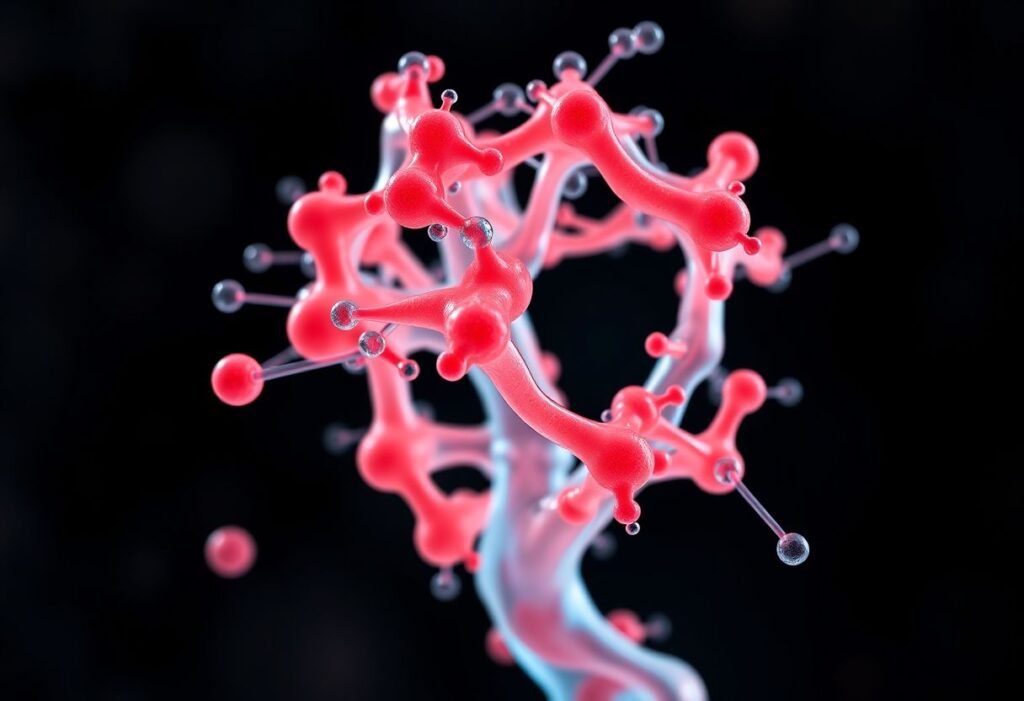This article explores groundbreaking advancements in cartilage regeneration that could revolutionize treatment for joint issues. By leveraging innovative techniques involving ‘dancing molecules’ and sophisticated biomaterials, researchers are on the brink of making significant strides in regenerative medicine.
Revolutionizing Cartilage Repair
Recent research has unveiled two pivotal advancements emerging from an experimental laboratory focused on tissue regeneration. The first approach utilizes what scientists refer to as ‘dancing molecules.’ These molecules target specific proteins essential for effective tissue restoration, laying the groundwork for improved healing processes. This advanced method signifies a substantial leap forward in how we understand and manipulate biological regeneration, offering promising alternatives to traditional restorative treatments.
Innovative Biomaterials for Increased Efficacy
The second notable development features a hybrid biomaterial designed to serve as a scaffold. This innovative structure not only supports cellular growth but also actively encourages the regrowth of cartilage tissue. By creating a conducive environment for cartilage cells to thrive, the biomaterial acts as a catalyst for the regeneration process. This could represent a significant advancement over conventional methods, enabling a more natural healing trajectory for patients while minimizing the need for invasive surgical interventions.
The Potential Impact on Joint Pain Management
As joint pain affects millions, particularly those suffering from conditions like osteoarthritis, the implications of this research are profound. The ability to regenerate cartilage may not only alleviate pain but can also restore function to affected joints. Current treatments often entail pain management strategies or extensive surgeries, but with these developments, the potential to move towards a regenerative approach is particularly exciting for both patients and medical practitioners alike.
Addressing Osteoarthritis More Effectively
The advancements in cartilage regeneration could herald a new era in the treatment of osteoarthritis. This degenerative joint disease, characterized by the breakdown of cartilage, presents substantial challenges for affected individuals. Utilizing both the ‘dancing molecules’ and hybrid biomaterials could result in therapies that not only slow disease progression but actively repair damaged joints, transforming patient outcomes and enhancing quality of life.
Advancements Beyond Joint Health
While these innovations primarily focus on cartilage and joint repair, their implications stretch wider within the realm of regenerative medicine. The methodologies developed may lead to advancements in treating other conditions that involve tissue degradation, including injuries to bones and other connective tissues. As research progresses, we may witness the emergence of versatile regenerative therapies capable of addressing a broad spectrum of medical challenges.
Next Steps in Cartilage Regeneration Research
Looking ahead, further research is necessary to establish the long-term effectiveness and safety of these groundbreaking techniques. As scientists test these technologies in clinical settings, the hope is to translate laboratory successes into viable treatment options for patients with various degenerative conditions. The journey from innovative concept to clinical application will be pivotal in shaping the future of regenerative medicine and orthopedic health.





















